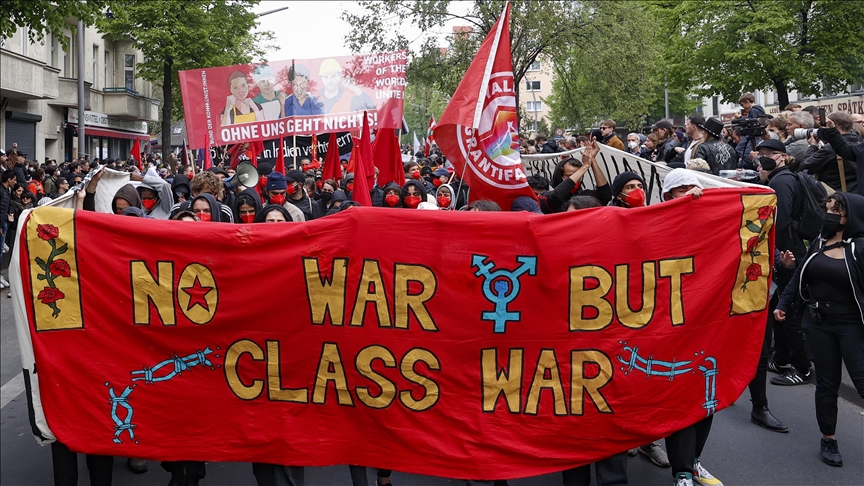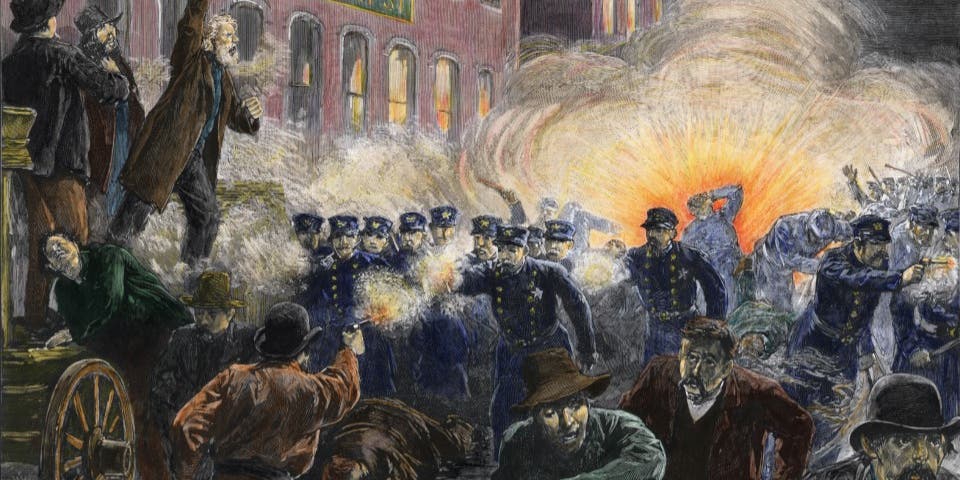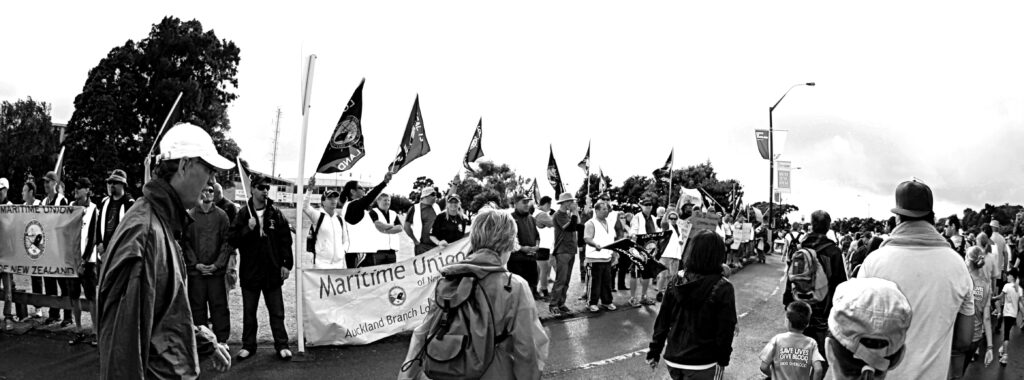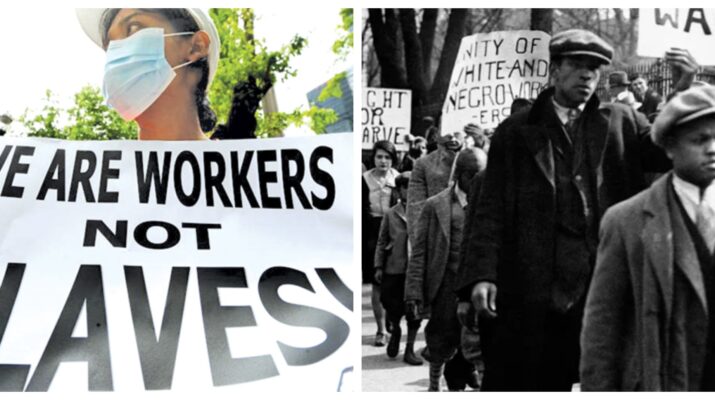As you’re reading this, you’re coming back from a two-day respite from work we call, the “weekend”. Taking 48 hours to rest and recuperate allows us to destress from the previous working week and also to have a healthy work-life balance.
Today also happens to be the first of May, a day known worldwide as “International Workers’ Day” or simply, “May Day”. It is a day when we celebrate the work that workers around the world do: from manufacturing the technologies that make life convenient, to collecting our rubbish to ensure we live in clean communities.

It is fitting to commemorate May Day this year following a relaxing weekend since, after all, it was the efforts of workers acting collectively that gave us the weekend to begin with.
At the onset of the Industrial Revolution, factory owners wanted to maximize production, and so they required their workers to work long hours, often up to 16 hours a day, six days a week. This grueling work schedule was not only painstaking, but it also meant that workers had little to no time for leisure or to spend with family.
Calls to divide the 24-hour workday into three shifts – eight hours each for work, leisure, and rest – were gaining traction in the 19th century, spearheaded by various labour unions. The tipping point led to the infamous 1886 Haymarket Riot, when workers peacefully protesting for an eight-hour workday was violently dispersed by police – causing the deaths of four civilians, and the arrest of scores more.

The ensuing carnage brought the conversation of an eight-hour workday into the national psyche in the United States, ultimately leading to the passage of the Labor Day Act, which recognized the importance of workers’ contributions to the country.
It wasn’t until the early 1900s when American companies started adopting the forty-hour workweek, eventually becoming the norm by the end of the 1920s. This model would be adopted by other countries, such as in France in 1936 with the Matignon Accords and the United Kingdom in the 60’s.
Our right to enjoy a two-day respite from work is arguably the most recognizable achievements of the trade union movement, but is by no means the only one.

The remit of unions to fight for the plight of workers is manifested in the Holiday With Pay Act in the United Kingdom, that established the right to paid annual leave for workers. Before this, there was no legal requirement for employers in the UK to provide paid annual leave to their employees.
Their legacy can be seen with the existence of paid maternity leave in Australia, as fought for by the Australian Council of Trade Unions (ACTU) in the 70’s. Before it, maternity leave in Australia was largely unpaid, and many working women were forced to choose between keeping their jobs and taking time off to care for their newborns.
The work of the union movement can be seen with the Occupational Safety and Health Act (OSHA) in the US that ensures safe working environments for workers; it is thanks to their work that child labour is now illegal, from being a rampant practice at the turn of the 20th century in the USA.

Many of us take these basic work rights for granted these days, but they were only achieved through the tireless campaigns of the trade union movement worldwide. They have improved working conditions and therefore have led to greater human well-being and prolonged our life expectancy too.
These are a few examples of why we should thank a union on May Day, and the best way to show your gratitude to a union is to join one. After all, there are many fights still to be fought in the workplace and a strong union is our best chance of winning those battles.


Don’t forget pensions, sick leave, and also our ability to have a holiday with pay. Thank you unions!